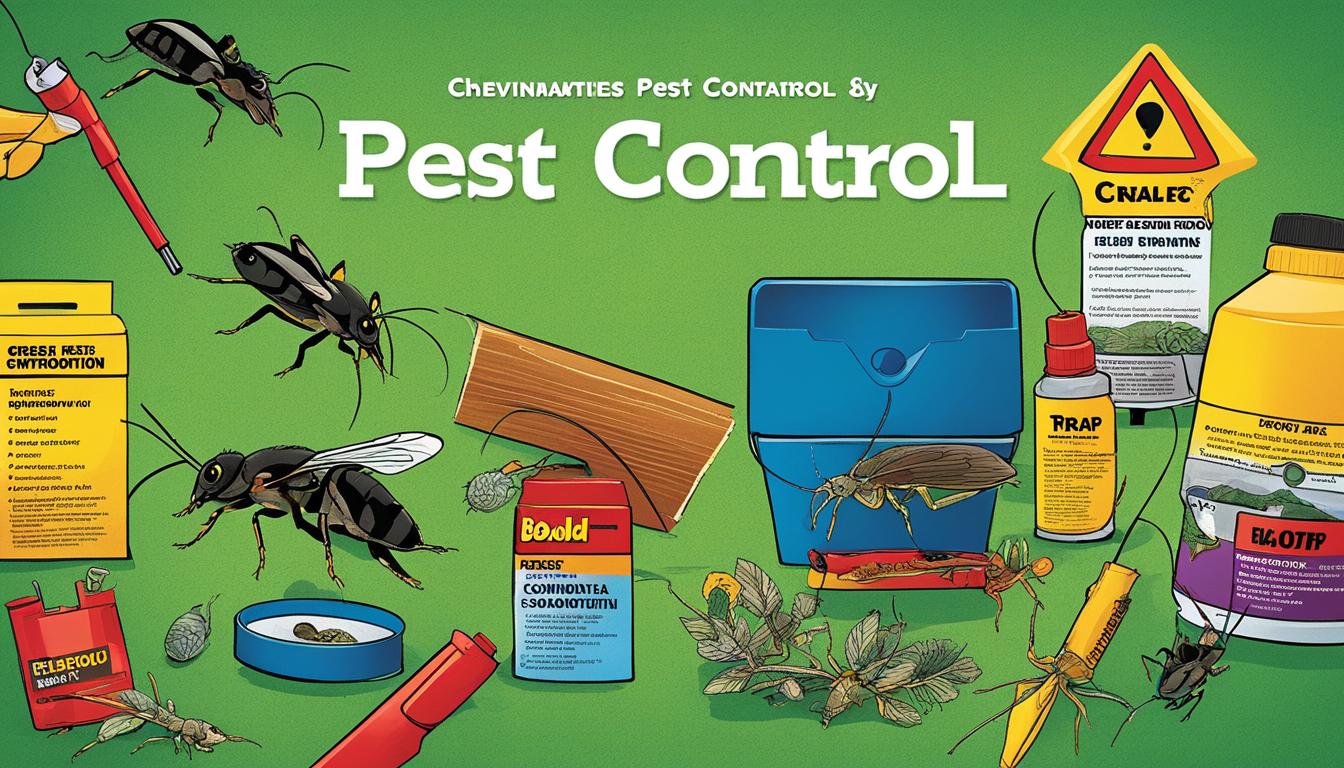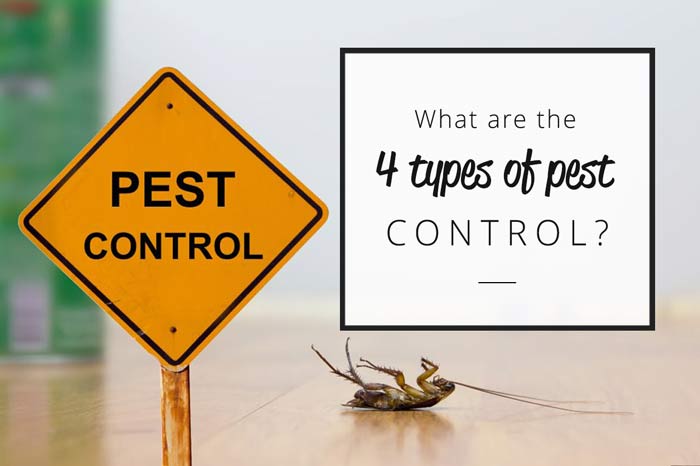About Pest Control
About Pest Control
Blog Article
6 Easy Facts About Pest Control Shown
Table of Contents4 Simple Techniques For Pest Control6 Simple Techniques For Pest ControlPest Control for DummiesSome Known Questions About Pest Control.About Pest ControlAll About Pest Control
Our findings reveal that the initial assessment will set you back anywhere from $160-$300 on standard. This usually costs anywhere between $400-$1000 for the entire year's protection, with month-to-month or bi-monthly visits already rolled into the final expense.Relying on the trouble, a work that requires an one-time go to usually sets you back $300 to $550. These are the most convenient rates to lay out in your pest control catalogs. Make certain to explain to your customer the process and the time it will take to assess the situation. During this first visit, you might find that the task needs a number of extra check outs, whereupon you can consider it a preliminary check out.
Insects that typically requires recurring brows through consist of: Roaches. Spiders. Termites. Ticks. Rats. Our searchings for show that an initial visit is about $180 and is the initial of a continuous contract. The initial browse through is where you do the exploring that will certainly help you figure out a remedy. During this first browse through, you must: Evaluate the problem. Pest Control.
12-month contract. In basic, the frequency of routine visits is: Monthly: $40 45. Every two months (semi-monthly): $50 60. Every 3 months (quarterly): $100 300. Insect control is a chemically-intensive company. After all, chemicals are the key products that pest control operators utilize to finish a task. Usual chemicals include: Boric acid.
Pest Control Fundamentals Explained
Necessary products and products you'll use include: Respirator. Sprayer. Gloves. Duster. Foamer Baiting tools. UV light. Other security devices. It is necessary to have every one of the right devices prior to beginning a work. Your devices need to be included as part of your overhead expenses. If you have workers, after that labor prices are mosting likely to be the largest expenditures for your business.
Limitations of Chemical Administration Be able to examine insect problems, determine if monitoring is needed, and make suitable recommendations making use of IPM methods. Be familiar with various techniques of insect management - their advantages and restrictions.
This chapter reviews (IPM), a technique that uses expertise regarding insects and their, techniques, nonchemical techniques, and pesticides to handle insect problems. Added details about IPM for specific plants is consisted of in chapters that focus on those plants. Nonchemical insect control actions are worried in phase 17, "Organic Gardening." Taking care of birds and animals is covered in phase 20, "Wildlife." Managing in the lawn and yard is covered in chapter 6, "Weeds." Parasites in a garden or landscape might include pests and mites, weeds,, animals, and birds.
9 Simple Techniques For Pest Control
Many individuals rush to draw, hoe, or spray every weed they see. Bugs and weeds, nonetheless, contribute in the. After growing a garden or establishing a yard, the natural procedure of plant sequence starts to improve and nonnative plants. A weed expanding in a grass stands for the initial stage in a sequence of events that, if allowed to continue, could eventually result in a forest.
What we call "parasites" become part of an all-natural system at job. An environment has no parasites. Only humans consider certain varieties parasites when they take place where they are not desired. We will be much more successful in managing unwanted varieties when we understand that these microorganisms comply with predictable patterns that we can use to our benefit.
Insects susceptible to a chemical were rapidly eliminated, leaving resistant ones to breed and increase. It became clear that chemicals alone would not address all insect problems.
An IPM strategy allows some degree of pests in the setting. Insects are a lot less likely to endure a program that uses various approaches of decreasing their populations. Integrated parasite administration was first suggested by entomologists because insects were the very first group of parasites to show hard to handle with chemicals alone.
Examine This Report about Pest Control

Administration rather than eradication of parasites is the objective. An IPM plan starts with a cautious assessment of each pest problem. Only then can one determine regarding the suitable tactics needed to reduce pest tasks. The life cycle of the parasite, feasible damage, all-natural enemies, and results of weather condition, to name a few factors, are taken into consideration before a control strategy is executed.
Clover growing in a yard might be deemed an unwanted weed, however as a discover this legume it is synthesizing nitrogen for the dirt and the blossoms are supplying nectar to honey and various other. Resistance for some weeds may become part of an IPM plan. might be eating the leaves of a plant, yet when they are identified as the larvae of Eastern tiger swallowtail butterflies, their damage might be tolerated so we can take pleasure in the gorgeous butterfly.
Matt Bertone Prevention is the first tool in parasite management since it is the most efficient, the very least pricey, most environmentally friendly option. Picking a healthy and balanced plant that grows in the desired location with the available light, planting it thoroughly, and making sure that it has appropriate water and nutrients protects against stress and anxiety and minimizes pest problems.
The Facts About Pest Control Uncovered
The 2nd crucial device in insect management is very early treatment. Existing and observant in the garden guarantees early detection. Reacting to issues swiftly, before they have time to multiply, calls for a less dramatic treatment. The third most crucial tool is recordkeeping; tracking what happens in the yard allows a gardener to recognize patterns and make educated i was reading this choices.
Many secure, useful, nonchemical methods of plant defense and insect monitoring may reduce or get rid of the need to spray. Other approaches are most useful when used with chemicals. To execute monitoring practices appropriately and to reduce losses, garden enthusiasts ought to know the kinds of parasites that assault plants and recognize pest biology.
Insect monitoring methods fall under 4 teams: cultural, mechanical, organic, and chemical. Maintaining plants healthy and protecting against plant tension aids plants to better stand up to and fix the damage triggered by an insect or mite insect. Some proof indicates that healthy plants stand up to infestation by insects far better than plants with low vigor.
Carrying out find more a dirt test and applying just the advised amount of fertilizer and lime makes best use of the benefit to the plant while lessening troubles associated with extreme use plant food. Treatment the soil with several inches of mulch secures the plant in numerous ways: decreasing soil water loss to evaporation, lessening weed competitors, giving nutrients, and creating a suitable atmosphere for earthworms and microbes that maintain the dirt loosened for origins and damage down organic material to release nutrients.
Getting The Pest Control To Work

If tilling is considered necessary, take into consideration doing it in the fall when the life process of numerous parasites brings them near the surface. At the surface area, pests come to be exposed to the weather condition as well as birds and various other all-natural opponents. Loss tilling can also damage bugs in plant residues. Usage healthsome and insect-free licensed seeds and plants if readily available.
Report this page